In today’s art post I will be sharing my 5 tips on how to draw leg anatomy along with some various art files to study with. If you find the tutorial to be useful please share it and also let me know which ones you want to see next. Let’s get drawing!
1. Know Your Anatomy
First off, let’s get a basic understanding of the anatomy of the legs. You don’t have to be an expert here to draw legs well but it sure won’t hurt to know the muscle groups either.
Study these illustrations and try to memorize the shapes as well as the names of the big forms. I tend to pay more attention to the areas I am struggling with at the moment. After you get a handle on what you are struggling with you can move on from there.
Let’s start with the basic views of the legs. Here we have the anterior view ( Front ) and the Posterior View ( Back ).
Now let’s take a look at the Lateral View ( Outside ) and Medial view ( Inside ).
2. Observe Rhythms and Basic Shapes
Another thing that really helps to draw legs is paying special attention to various rhythms of the anatomy. This doesn’t just apply to a basic standing pose either, it also helps with more dynamic poses.
Let me show you some of the areas I pay attention to for drawing the legs from memory and even from life. Keep an eye out for your own visual patterns as you observe the legs.
Notice that in the illustration below there are some memorable rhythms that make drawing the legs much easier. See the long “S” curve that goes from the top of the upper leg down to the medial side of the knee area, down to the ankle. That curve is evident in most poses of the leg and can help you to not draw the legs overly straight.
Notice that the quadriceps group together in a sort of upside down heart like shape with the medial or inner side dipping downward. That is the Vastus Medialis and it is always lower than the Vastus Lateralis.
Paying attention to the differences from one side to another is very helpful when drawing human anatomy. Often as beginners we have the bad habit of drawing everything too even from side to side or stacked.
Notice the difference from the last two leg examples on the right. See how the one with the curved arrows look much more organic and expressive even though it is drawn with basic primitive shapes.
3. Create Lots of Studies – Both Line and Form
To get good at drawing legs we have to spend a ton of time drawing every conceivable pose and angle we can get our eyes on. This is where being patient with your progress is such a big deal. You won’t get good over night and you won’t understand complex areas of the body with just a couple of sketches.
Try drawing specific areas of the legs at a variety of viewing angles. This can really help you to start seeing the forms in a new light. In the illustrations below I am trying to pay close attention to the knee area and how the muscles look around it.
It is also a good use of your time to create value studies. By adding light and shadow to the illustrations you get a better sense of the depth and form of the leg anatomy. Even if your goal is to be a line artist these types of studies will help you improve.
4. Study the Differences from Male to Female
Obviously there are lots of variations to pay attention to when drawing the legs of different character types but to get started you must first pay attention to the noticeable differences of male to female.
Male legs are typically more rigid looking where female legs are more organic. Using more “S” curves and flowing rhythms work better to draw the female forms. Where more angular and chiseled forms look better on the male versions. Again, there is never an “always” to these concepts. Everything requires a bit of balance.
Proportions vary greatly as well from Male to Female. Notice in the illustration below that the female hips are wider than the male hips. This gives a bit of an upward curve the legs that tapers inward down to the knees.
Practice drawing male and female legs side by side and see what difference you can spot. Learning how to draw leg anatomy is also about varying up the definition as well. We first learn to draw it but then we have to soften up some of the segmentations so our characters don’t look like a walking diagram.
5. Draw New Poses Every Day
I know this one is pretty obvious but I still have to say it. Spend time drawing legs and bodies from every angle imaginable. Draw from life, comics, movies, games, and everything that inspires you.
It won’t come easy but the reward will well worth all the hard work and dedication. Fill up those sketch books and when you can’t find the time to do fully rendered versions, don’t be afraid to simplify and/or draw smaller sketches. You will still learn a lot from those little doodles.
The main thing is to keep revisiting the subject that you need to gain a better understanding of. We tend to want to avoid the things that we don’t do well. Fight that urge and dedicate a little time each day to draw legs or whatever else you struggle with.
Before you know it, you will be drawing them from your imagination and wondering how you ever struggled with them at all.
Amazing Books to Get on Drawing Anatomy
My favorite books to reference when I want to learn more on how to draw leg anatomy and figure drawing in general are –
I like Burne Hogarth’s book for a more stylistic approach to the work. It will also always be a favorite of mine because it was the first anatomy illustration book that I ever studied from.
George Bridgman Constructive Anatomy
George Bridgman’s books are fantastic for a sense of structure and getting used to breaking down the anatomy with simple forms in a way that makes a great deal of sense.
Check out my Full Course on Drawing Human Anatomy here –
Here are a couple of videos on How to Draw Leg Anatomy that I have created on my Youtube channel. I hope you find them to be helpful and please subscribe for new content each week!
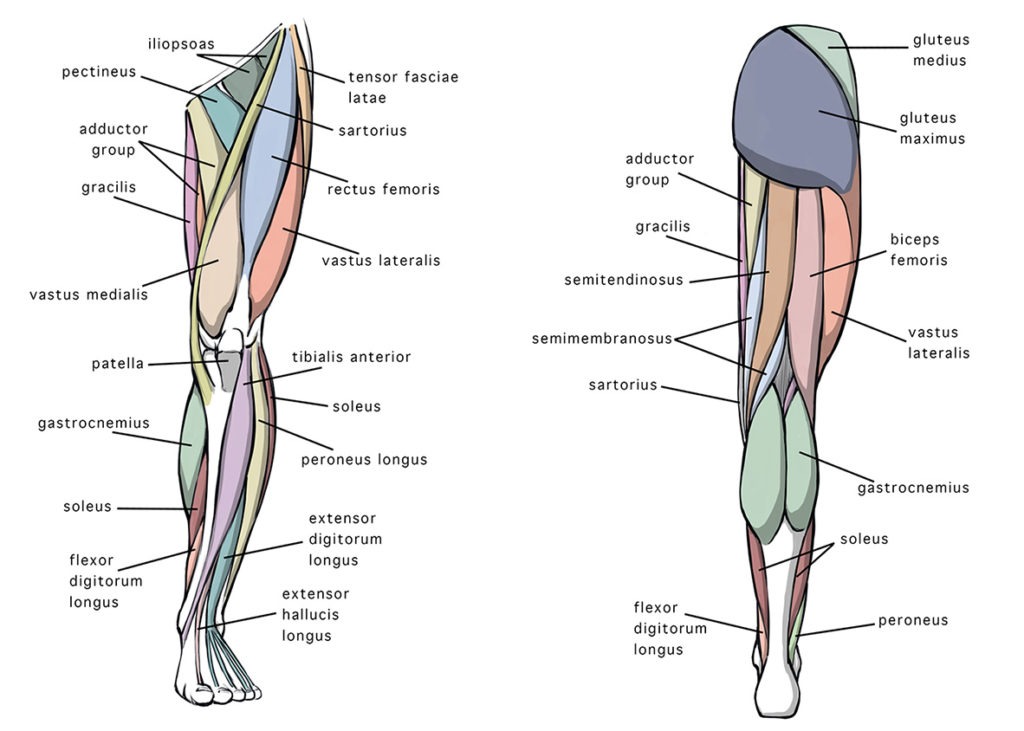
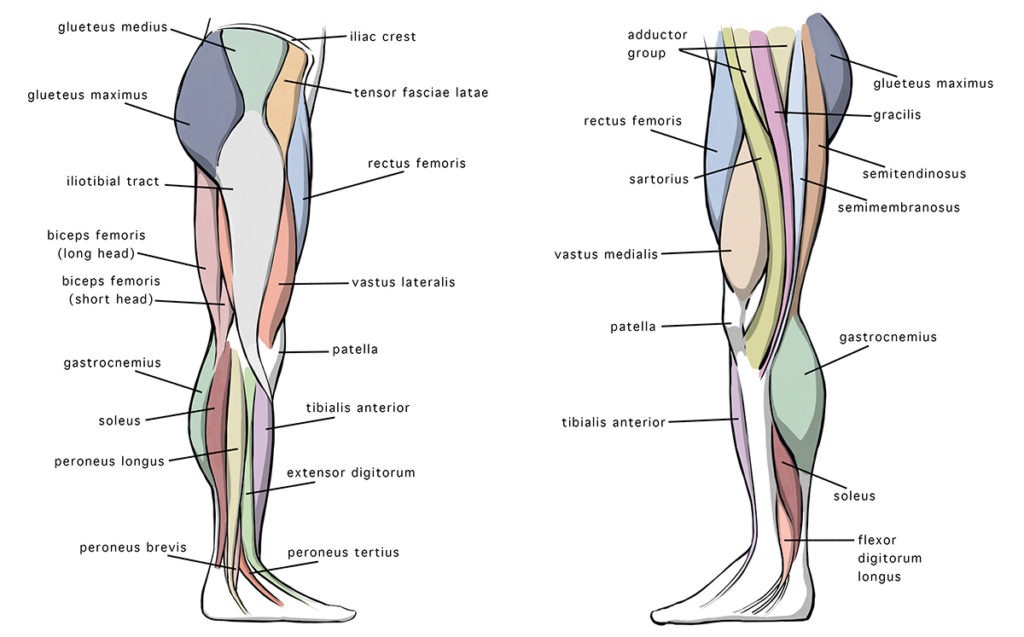
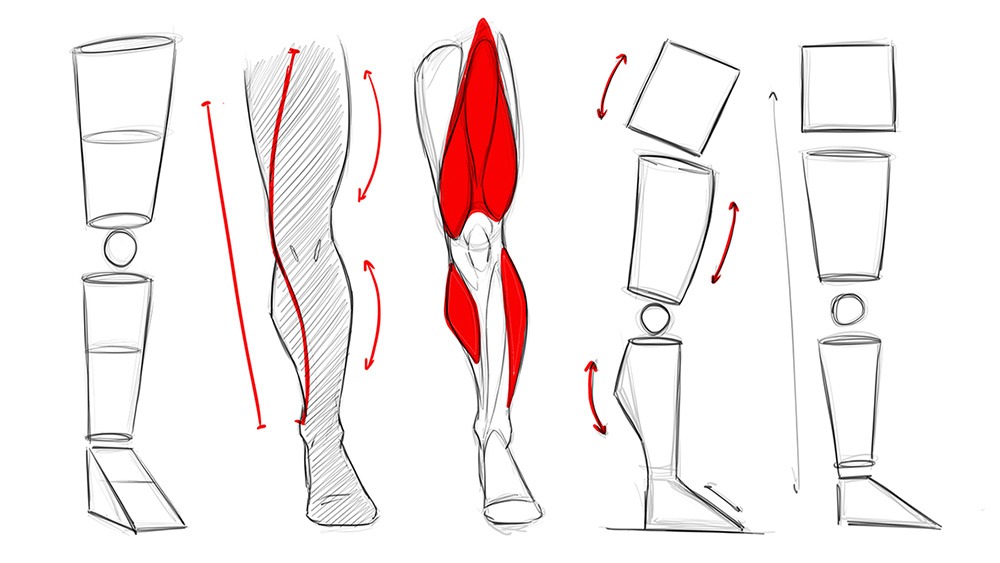
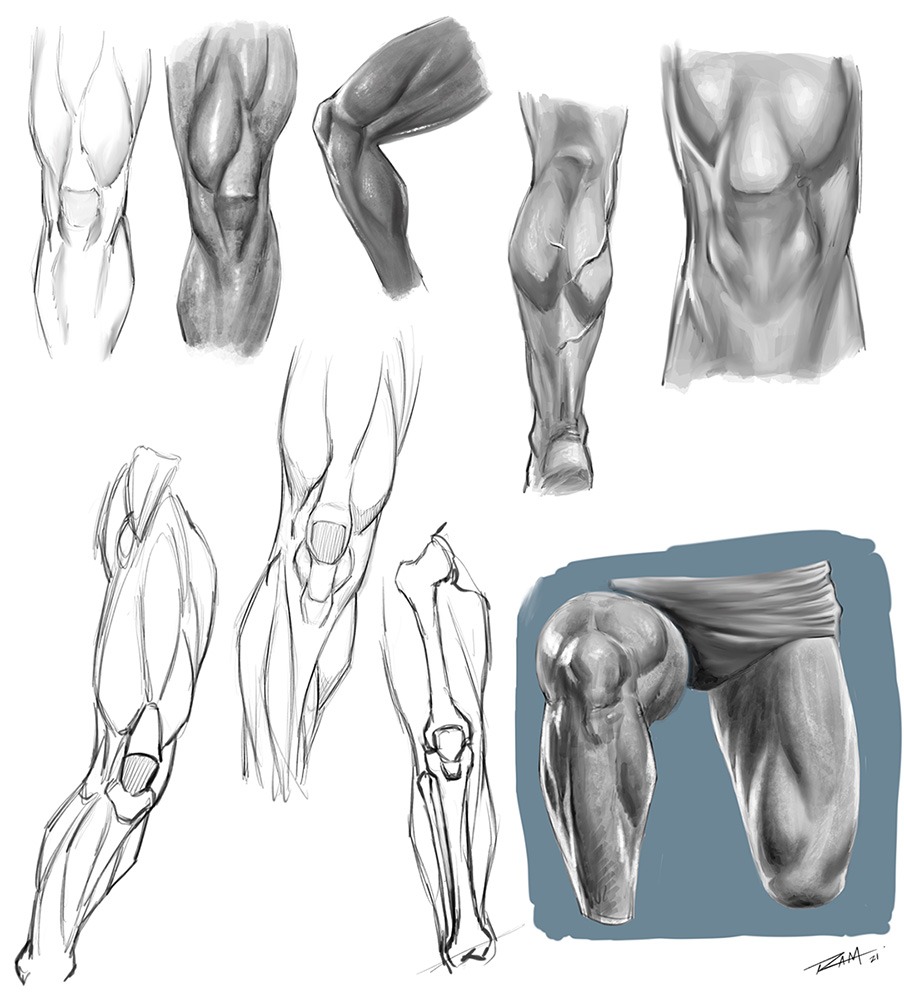
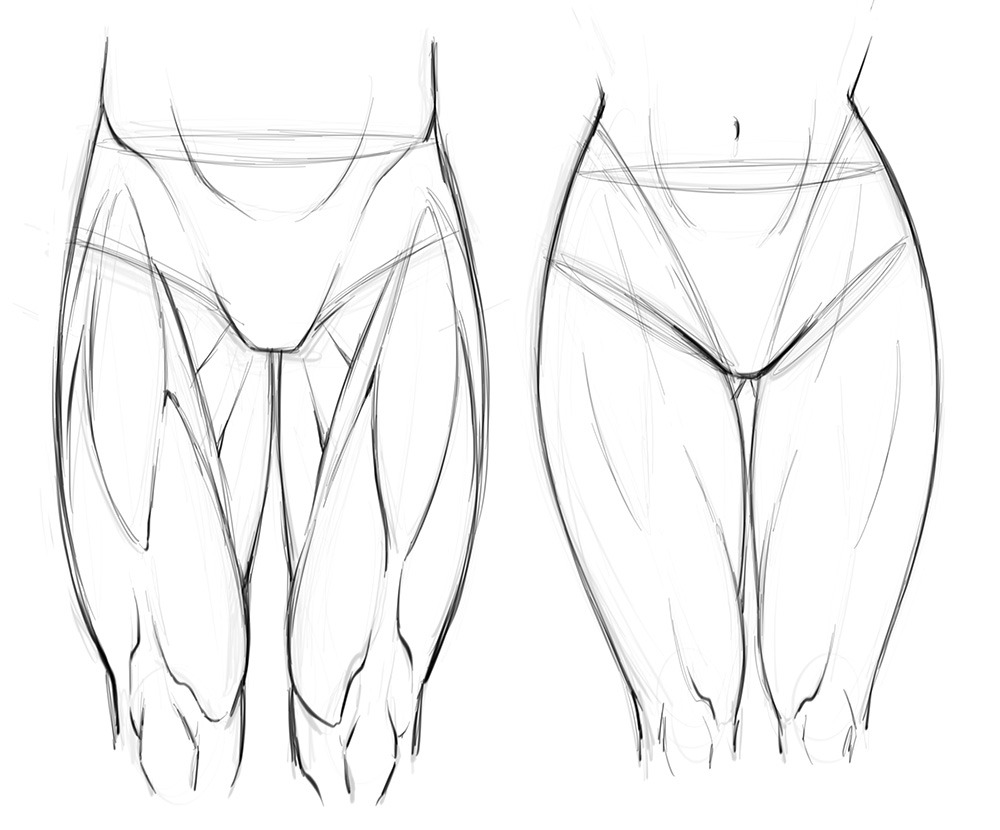
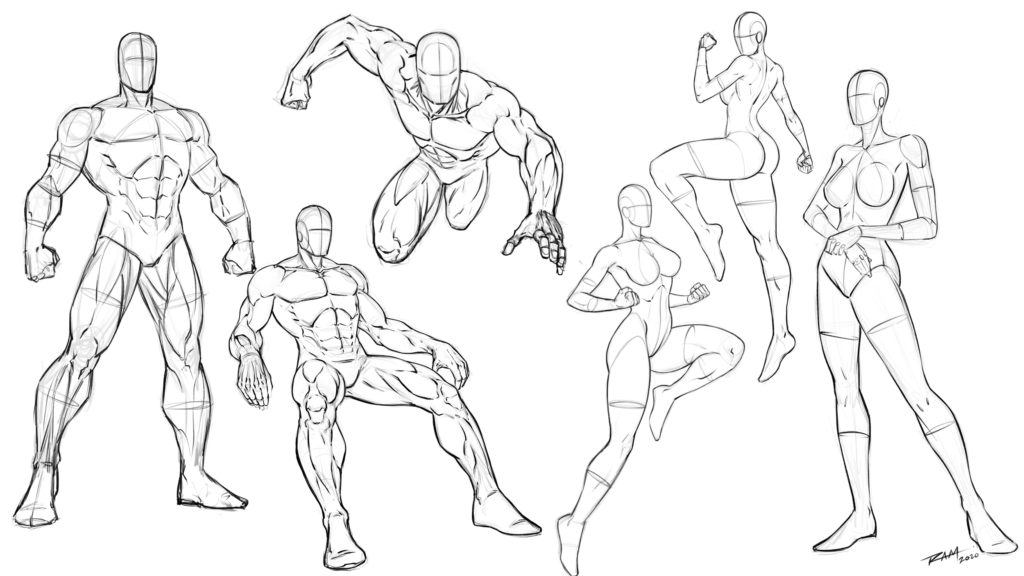
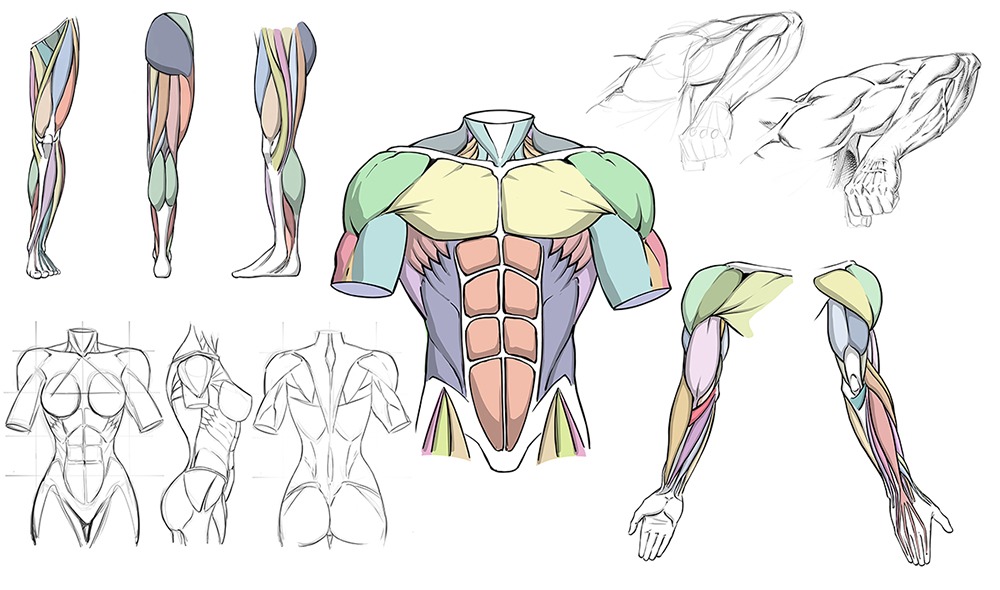



0 Comments